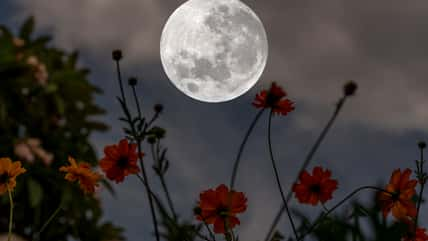A New Study Suggests That Ancient Roman Wine Was Actually A Bit Spicy And Smelled Of Roasted Walnuts And Toasted Bread

In ancient Rome, wine played a huge role in the fabric of their society. The Romans considered wine to be a daily necessity, so it was always in abundance and available to everyone, flowing freely at all manner of festivals and celebrations. They even had a god of wine named Bacchus, whom they paid their respects to.
Evidence of their love of wine has been documented in many ancient historical texts and various archaeological finds.
However, little is known about their wine production practices or what their wine actually tasted like. According to a new study, Roman wine had a slightly spicy flavor and smelled like roasted walnuts and toasted bread.
The study was led by researchers Dimitri Van Limbergen from Ghent University and Paulina Komar from the University of Warsaw, who compared containers used in modern winemaking with ancient dolia to come up with their results.
Dolia was a type of clay vessel that was used to produce, ferment, and store wine back in ancient Roman times.
These simple vessels have been long overlooked when it comes to unveiling the secrets of Roman wine, so it’s the first time that researchers have analyzed them so closely. Their findings have debunked many previously held beliefs about Roman wine production.
“The results of our study force us to question several long-held assumptions about Roman winemaking,” said Van Limbergen.
“By using the techniques we describe in our paper, the Romans were able to make much better, more tasty, and much more stable wines than is commonly assumed.”
Today, wine is mass-produced in large metal containers. Dolia vessels were egg-shaped containers that were kept in partially underground wine cellars, where the pH levels and temperature were well-controlled while the wine went through fermentation.

caftor – stock.adobe.com – illustrative purposes only
As a result, along with the addition of natural yeasts, the wine would take on that spicy flavor and the aroma of toast and walnuts that the researchers described.
The study also strove to figure out whether Roman wine was red or white, which experts have debated over for quite some time.
The researchers found that ancient wine tended to have a variety of colors and could not be held to the current standards of wine.
“Modern wine classification ideas are unhelpful to capture the nature of Roman wine. Wine colors, for example, were not standardly subdivided between white and red (as is done today), but for the Romans, they belonged to a wide spectrum of colors ranging from white and yellow to goldish, amber, brown, and then red and black, all based on grapes macerated on the skin,” explained Van Limbergen.
During the fermentation process, the solids from the grapes are separated from the wine due to the narrow base of the dolia. Rather than being filtered out with strainers, they are left in, which can give the liquid an orange hue.
The texture of Roman wine was also different from the wine of today. The clay of the vessels gave the wine a “drying sensation” when consumed, and it was popular with the Romans.
Thanks to the dolia, we now know that ancient Romans were able to make wine of a variety of flavors and colors, providing us with just a little more detail about their lifestyles.
Sign up for Chip Chick’s newsletter and get stories like this delivered to your inbox.
More About:News





